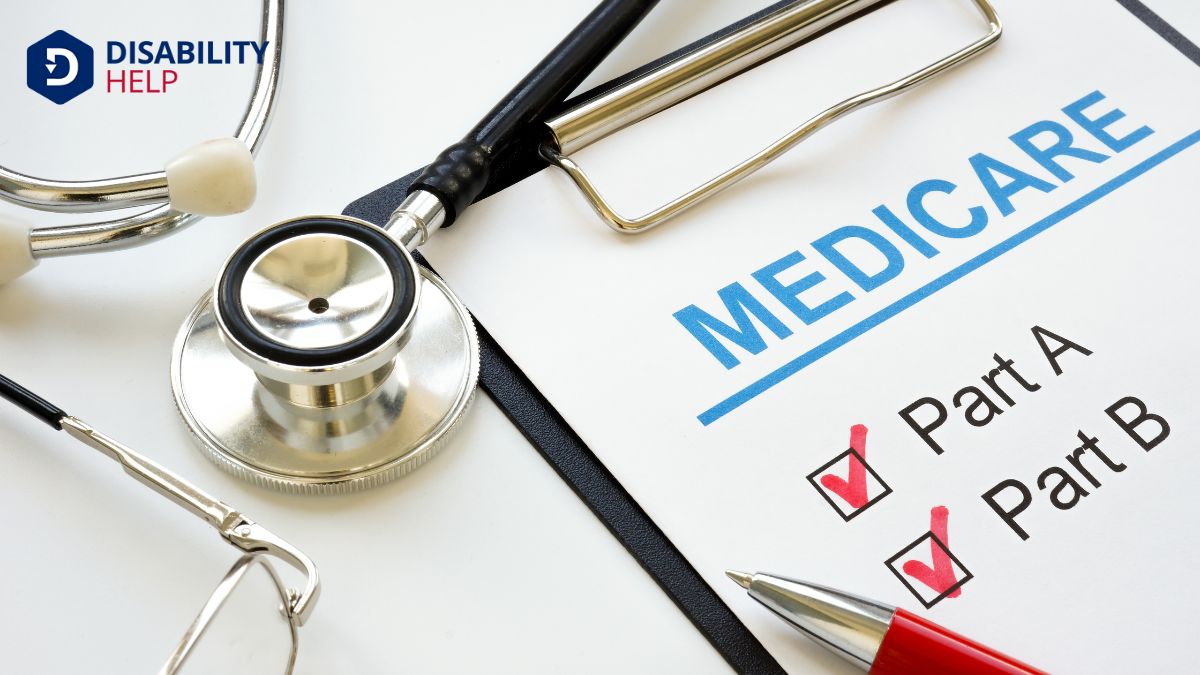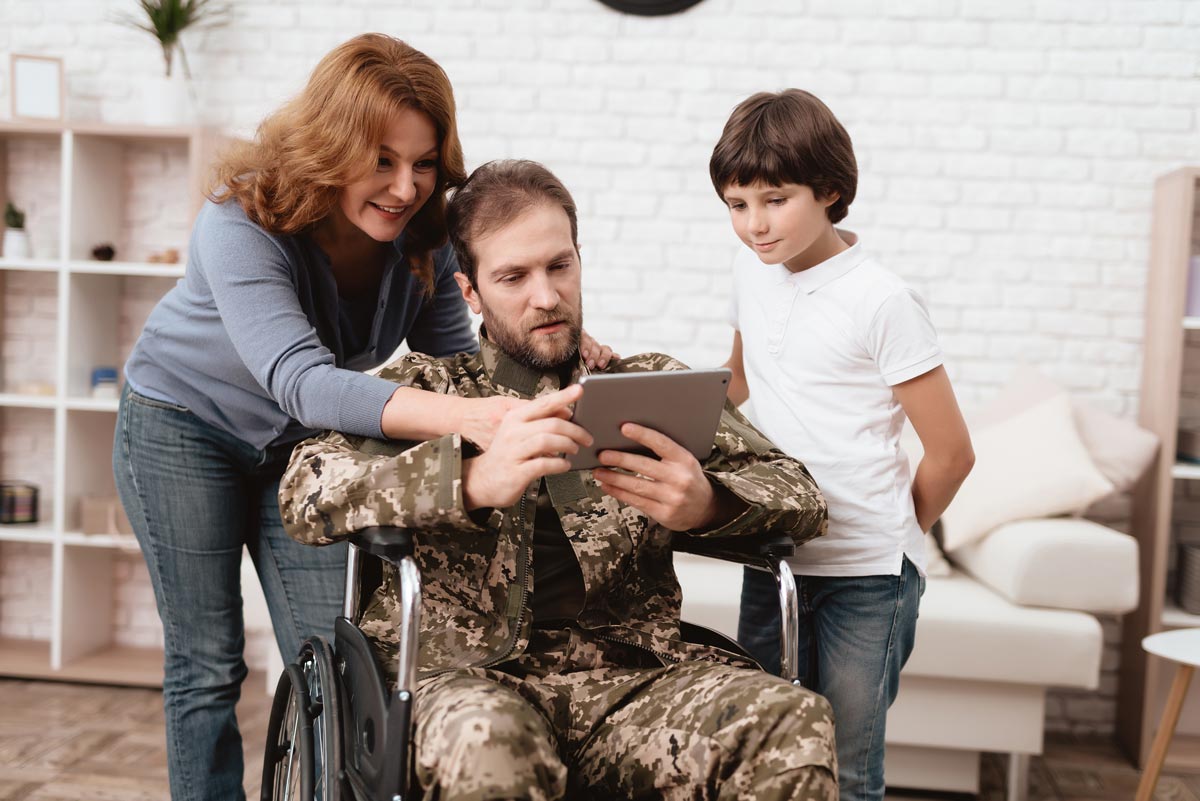Let's talk about whether MedicareA U.S. federal health insurance program for people aged 65 and older, and for some younger people wi... will cover a stair lift, as it's a common question many of us face when considering home accessibilityThe design of products, devices, services, or environments to be usable by people with disabilities.... options. While Medicare covers some Durable Medical Equipment, stair lifts often fall outside this category. So, what alternatives do we have for financial assistance? There are various avenues we can explore, and understanding them can be essential in making an informed decision. Curious about the next steps?
Key Takeaways
- Medicare typically does not cover stair lifts as they are considered home modifications for accessibility, not durable medical equipment.
- Stair lifts primarily enhance mobility but do not treat or diagnose a medical condition, making them ineligible under Medicare Part B.
- Private insurance, veterans' benefits, or long-term care insurance may offer coverage for stair lifts.
- State programs and non-profit organizations might provide financial assistance for home accessibility modifications, including stair lifts.
- Consult your specific Medicare Advantage Plan for potential exceptions or additional coverage options for stair lifts.
Understanding Medicare Coverage Basics

Before we plunge into the specifics of stair lifts, let's get a firm grasp on Medicare coverage basics.
Medicare is a federal health insuranceA system for paying for medical services, often covering preventive, diagnostic, and treatment costs... program for people aged 65 and older, certain younger individuals with disabilities, and those with End-Stage Renal Disease. It consists of different parts: Part A covers hospital care, while Part B covers outpatient services.
Part C, or Medicare Advantage, is an alternative offering extra benefits through private insurers, and Part D covers prescription drugs.
Our focus is mainly on Part B, which includes medically necessary services and some preventive services.
However, Medicare typically doesn't cover items for convenience or comfort, like most home modifications. Understanding these basics helps us determine if stair lifts qualify under Medicare’s criteria.
Let's explore this step by step.
Types of Equipment Typically Covered by Medicare
When it comes to Medicare coverage, understanding what's typically covered can help us make informed decisions about our healthcare needs.
Generally, Medicare covers equipment deemed medically necessary, often referred to as Durable Medical Equipment (DME). This includes items like wheelchairs, walkers, hospital beds, and oxygen equipment. These are essential for daily living and maintaining independence, and Medicare helps by covering a portion of the cost.
Medicare usually covers DME if a doctor prescribes it for use in your home. It's important to ascertain that the equipment supplier is enrolled in Medicare to guarantee coverage.
While this list isn’t exhaustive, it gives us a better idea of what types of equipment Medicare might cover, helping us plan for our healthcare requirements more effectively.
Stair Lifts and Their Classification
While understanding Medicare's coverage for Durable Medical Equipment is essential, many people wonder about the status of stair lifts. Are they considered necessary medical equipment?
Stair lifts, which help individuals move between floors safely, are often classified under accessibility devices rather than medical equipment. This classification can impact how we view their coverage under insurance plans like Medicare.
Stair lifts don't fit the typical criteria for medical devices because they're primarily used to modify the home environment to accommodate mobility challenges, rather than directly treating or diagnosing a medical condition.
As we explore the classifications, it's vital to understand that stair lifts enhance quality of life and independence for many. Knowing their classification helps us navigate potential financial responsibilities and informs our expectations when seeking coverage.
Exploring Medicare Part B and Durable Medical Equipment
Let's take a closer look at how Medicare Part B handles stair lifts and other durable medical equipment.
We'll explore what coverage Medicare Part B offers and whether stair lifts meet the criteria for being classified as durable medical equipment.
Understanding these elements will help us determine if stair lifts might be eligible for coverage under Medicare.
Medicare Part B Coverage
Understanding Medicare Part B is essential for those exploring coverage options for durable medical equipment, like stair lifts. Part B generally covers medically necessary services and supplies, including certain types of durable medical equipment (DME).
Let's break it down: Medicare Part B can help cover equipment that a doctor prescribes for use at home, provided it meets specific criteria. To qualify, the equipment must be durable, used for a medical purpose, and suitable for use in the home.
While stair lifts seem to fit the description, we must recognize that Medicare’s definition of "home use" and "medical necessity" plays a significant role in determining coverage.
As we investigate further, we should remember that understanding these terms is key to maneuvering our Medicare benefits effectively.
Stair Lift Classification
Although stair lifts might appear to fit within the category of durable medical equipment, Medicare's classification system is more nuanced.
We might think of durable medical equipment as items that help us maintain our independence at home. However, Medicare Part B, which covers certain medical equipment, has specific guidelines that determine what qualifies.
Stair lifts, despite their usefulness, don't typically fall under this category because Medicare doesn’t classify them as medically necessary. The system focuses on equipment that primarily serves a medical purpose, like wheelchairs or walkers.
While stair lifts improve accessibility, they're often seen as home modifications rather than essential medical devices. Understanding these distinctions helps us navigate Medicare’s rules and avoid confusion when considering our options for home mobility solutions.
Durable Equipment Eligibility
While stair lifts enhance home accessibility, they don't meet Medicare's criteria for durable medical equipment. Medicare Part B covers durable medical equipment (DME) that’s primarily used for medical purposes, can withstand repeated use, and is suitable for home use. Examples include wheelchairs, walkers, and hospital beds.
Stair lifts, however, are categorized more as home modifications rather than medical necessities, which is why they're not covered.
As we navigate Medicare's guidelines, it’s crucial to understand that even though stair lifts improve mobility, they don’t fit the DME criteria.
We might consider alternative funding options, like MedicaidA U.S. government program that provides health coverage to eligible low-income individuals, includin... waivers or state assistance programs, which could offer some financial relief.
Let’s explore these avenues to guarantee we’re making informed decisions about our accessibility needs.
Criteria for Medical Necessity
Determining whether a stair lift is covered by Medicare hinges on satisfying specific criteria for medical necessity.
First, we need a doctor’s prescription stating that a stair lift is essential for us to perform daily activities safely. This means our doctor must convincingly argue that without it, our health or safety is at risk.
It's also important to demonstrate that there's no simpler, less expensive solution to meet our mobility needs. Additionally, Medicare usually requires that the equipment is primarily used in the home setting, where stairs present a barrier to accessing necessary living areas.
Understanding these criteria helps us communicate effectively with our healthcare providers and advocate for our needs.
It's vital we gather all necessary documentation to strengthen our case.
Alternative Coverage Options for Stair Lifts
If Medicare doesn’t cover our stair lift, there are still alternative coverage options we can explore.
Private insurance might be a viable path. We should check our specific policy details or contact our insurer to see if they offer any coverage for stair lifts under durable medical equipment. Some insurers have provisions that could partially cover the cost, especially if it’s deemed medically necessary.
Another possibility is veterans’ benefits. If we're veterans, the Department of Veterans Affairs (VA)A U.S. government agency that provides services and benefits to military veterans, including those w... might provide assistance for home modifications, including stair lifts, through certain programs.
Additionally, long-term care insurance policies sometimes cover stair lifts, so reviewing our policy can be beneficial.
Finally, non-profit organizations occasionally offer grants or financial assistance specifically for home modifications like stair lifts.
State Assistance Programs and Medicaid
Though maneuvering through state assistance programs and Medicaid can seem intimidating, they might offer valuable support for those needing stair lifts.
Let’s explore how we can navigate these resources. First, each state offers unique programs that might cover home modifications.
Here's a quick guide:
- State Medicaid Waivers: Some states provide waivers covering home modifications, including stair lifts, for those who qualify.
- Home and Community-Based ServicesPrograms that provide support to individuals with disabilities in their own communities, rather than... (HCBS): These programs focus on helping individuals live independently and may include stair lift funding.
- Assistive Technology Programs: These initiatives often provide financial assistance or low-cost loans for mobility equipment.
- State Housing Agencies: Some agencies offer grants or loans aimed at home accessibility improvements.
Financial Assistance From Non-Profit Organizations
Let's explore how non-profit organizations can help us fund stair lifts.
We'll look at the eligibility criteria, guide you through the application process, and identify potential funding sources.
Eligibility Criteria Overview
While maneuvering through the world of financial assistance for stair lifts, understanding the eligibility criteria set by non-profit organizations can be essential.
We need to guarantee we meet these requirements before applying. Here's a quick overview of common criteria:
- Income Level: Many organizations require proof of income to determine financial need. Lower income increases eligibility.
- Medical Necessity: A documented medical need for a stair lift often strengthens your case, especially when verified by a healthcare provider.
- Residency Status: Some programs require applicants to live in a specific area or state.
- Age or Disability: Certain organizations focus on assisting older adults or individuals with specific disabilities.
Application Process Steps
Grasping the eligibility criteria is the first step, but obtaining financial assistance for a stair lift involves maneuvering the application process.
We must start by gathering necessary documents, like proof of income and medical necessity statements. It’s vital to research non-profit organizations that offer financial aid for stair lifts.
Once we've identified a potential organization, we should contact them directly to make sure we comprehend their specific application process and deadlines.
We can then proceed to complete the application accurately and thoroughly, double-checking for any missing information.
After submitting our application, it's imperative to follow up with the organization to confirm receipt and inquire about the timeline for decisions.
Staying organized and proactive increases our chances of success.
Available Funding Sources
Traversing the landscape of financial assistance for stair lifts, we find several non-profit organizations ready to lend a hand.
These groups provide invaluable support for those of us needing help to make our homes more accessible. Let’s explore some of the options available:
- Rebuilding Together - This organization focuses on home repairs and modifications for low-income homeowners, including stair lift installation.
- The Red Cross - Known for disaster relief, they sometimes offer assistance with home modifications for those in need.
- Area Agencies on Aging - These local agencies often have programs that include funding for accessibility improvements like stair lifts.
- The Salvation Army - They provide various community services, occasionally offering financial help for home modifications.
Steps to Take for Determining Eligibility

Determining eligibility for Medicare coverage of stair lifts can seem challenging, but breaking it down into manageable steps simplifies the process.
First, let's gather essential information about our current Medicare plan. It's vital to know if we're enrolled in Original Medicare or a Medicare Advantage Plan, as coverage can vary.
Next, we'll need to consult our plan's specific guidelines or contact Medicare directly to confirm if stair lifts are considered "durable medical equipment" under our coverage.
After that, we should obtain a letter of medical necessity from our healthcare provider, stating how a stair lift supports our health needs.
Finally, let's submit any required documentation to Medicare or our insurance provider to assess eligibility. This organized approach helps us navigate the process efficiently.
Conclusion
To summarize, while Medicare doesn't cover stair lifts due to their classification as accessibility devices, we're not without options. Let's explore alternative solutions like private insurance, veterans' benefits, or assistance from non-profit organizations. Additionally, state programs and Medicaid might offer some relief. It's crucial to investigate all avenues and determine eligibility for these resources. Together, we can find the right support to enhance our independence and accessibility at home.






